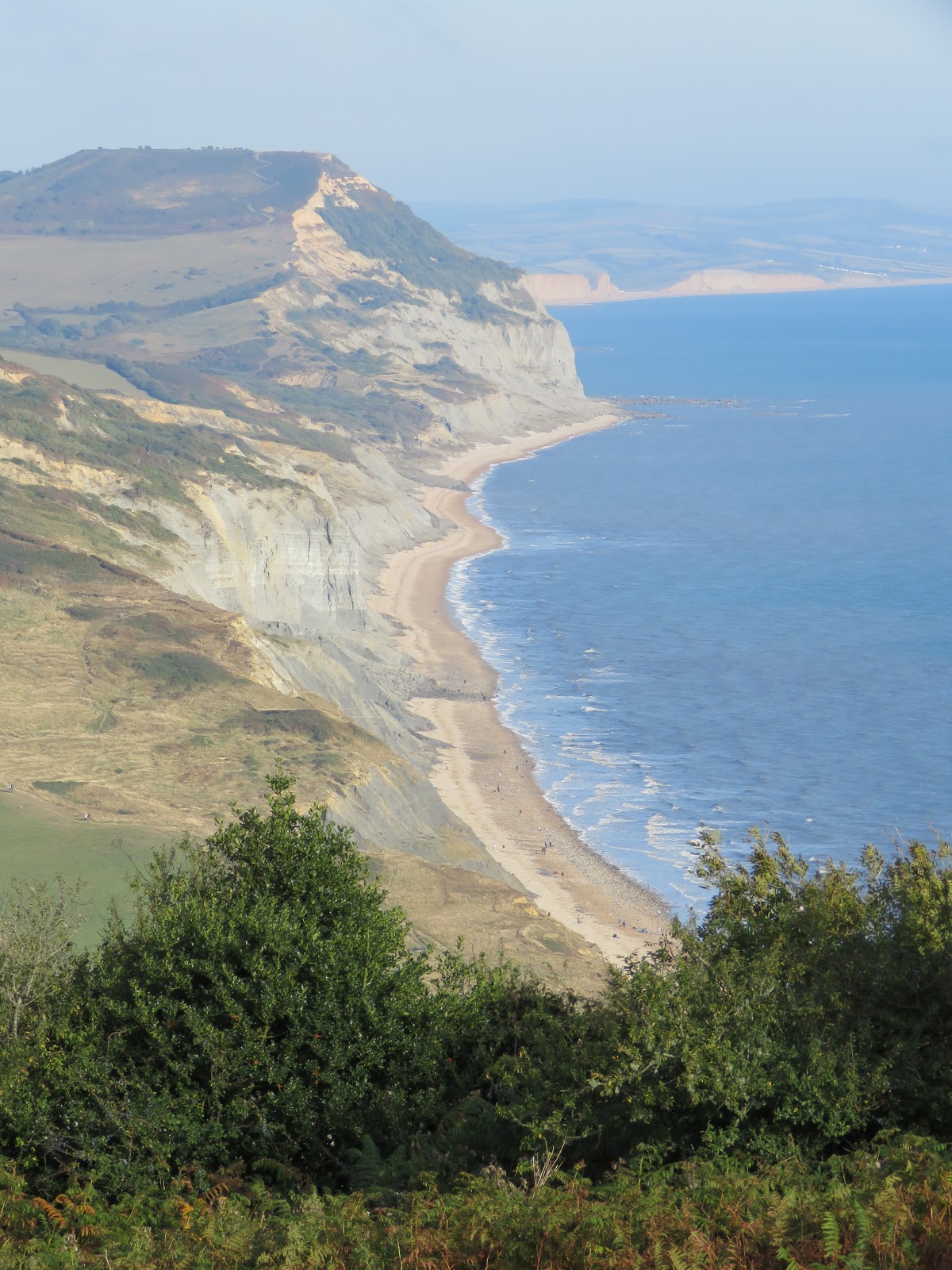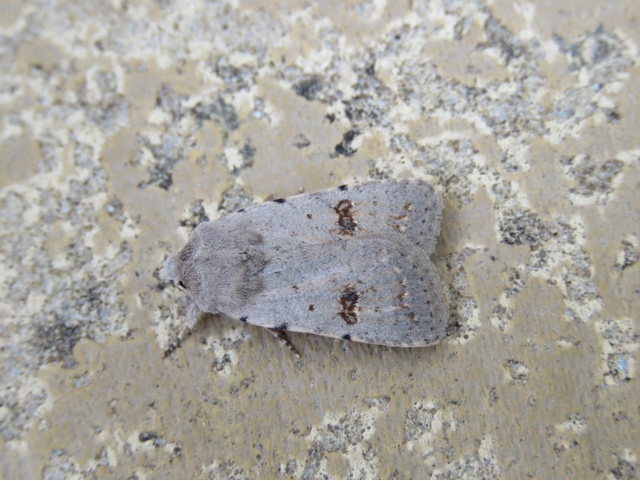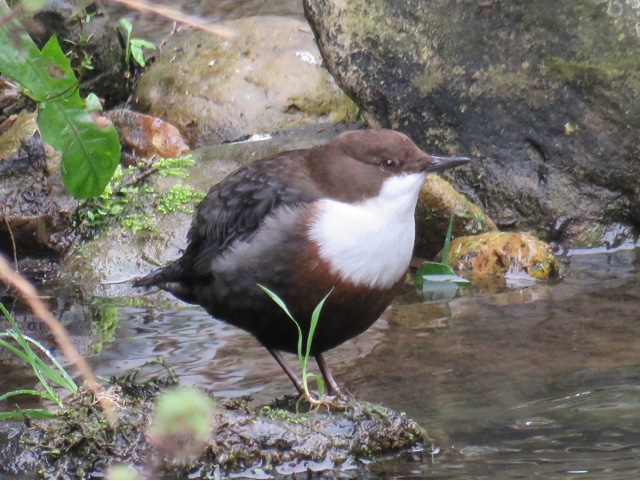Above the fog
On arrival at Denbigh's Hillside at 06.30hrs I was confronted by a most arresting sight. The lower valleys were all fog bound, giving off the illusion of a vast inland sea. The video above, and the images below, really do not do it justice. Birding wise a pleasant morning and early afternoon, with a Goshawk, three Red Kites, 12+ Common Buzzards, three Stonechats, 20+ Chiffchaffs and four Ravens. To the sound of cranking Ravens and mewing Buzzards and Kites I was delighted to watch at least 10 Clouded Yellows patrolling the slopes, with the odd butterfly stopping to nectar (below). And last, but not least, a weedy strip in one of the fields beneath the hills held Broad-leaved Spurge, with the fruits exhibiting the tell-tale warts (below). My luck was in as I checked just the one plant!













